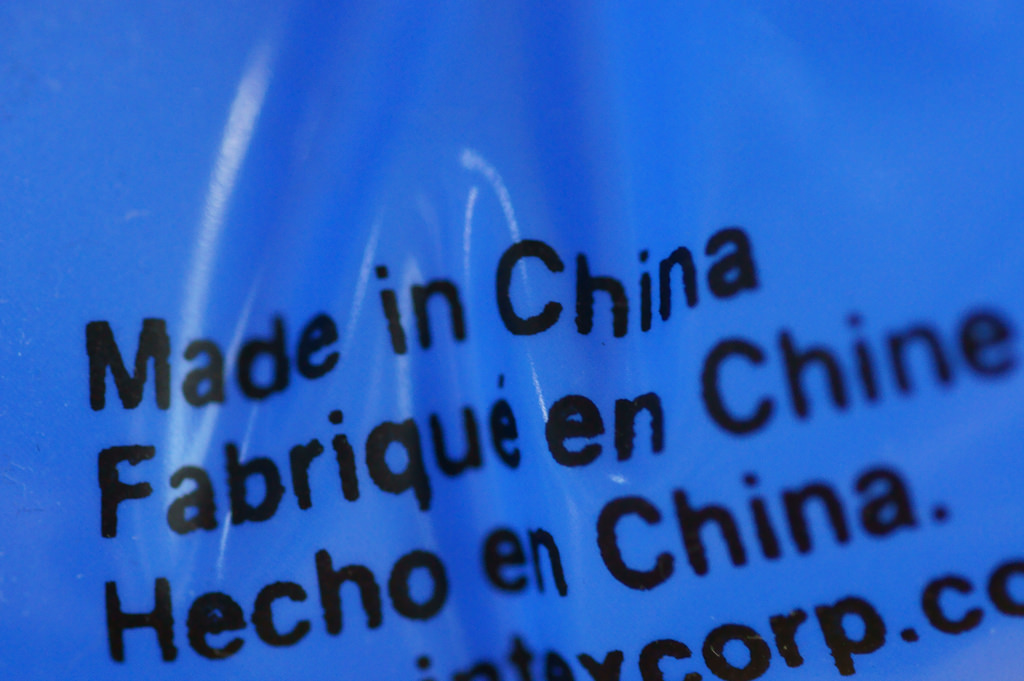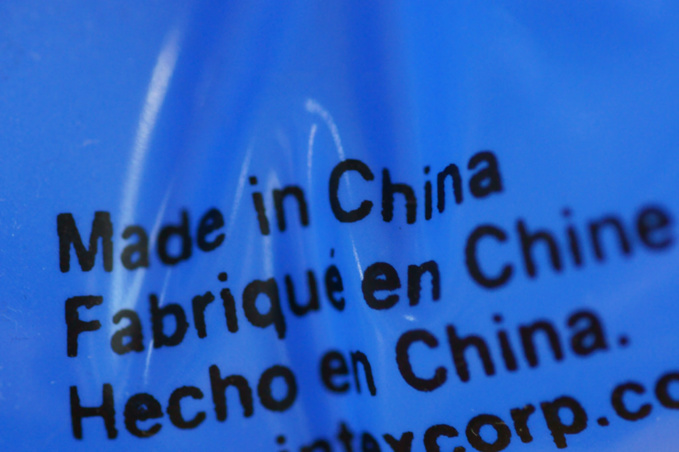The People’s Republic of China is still a major economic force, but not such a powerful driver of the world’s economic growth as it used to be.
International capitalism needs a region with low salaries and high growth rate to obtain high returns on risk capital. Thus, in the 1880s such a country was the United States.
Having replaced Japan, until recently such a region was China.
At the moment, there is no country that would replace China in the role. However, there are as many as 16 countries with a total population of about 1.15 billion people, and all of them look ready to take the business.
16 countries of the post-Chinese era is not a forecast. This is a list of countries that are experiencing significant growth in sectors such as clothing and footwear, as well as mobile phone assembly sector.
They are followers of China on parameters such as low wages and an underdeveloped economy with great potential of growth in the industrial sector.
These countries are mainly concentrated in Africa and Asia, and some - in Latin America.
Peru, Dominican Republic, Nicaragua and Mexico - most of these countries are concentrated in the Indian Ocean.
Sri Lanka, Indonesia, Myanmar and Bangladesh - all of them are located in the Indian Ocean off the coast.
Indochina and the Philippines Countries do not have access to the Indian Ocean, yet are situated in the same region.
Another part of the countries located in sub-Saharan Africa are Tanzania, Kenya, Uganda and Ethiopia.
These states make clothing and shoes, and, apparently, this sector will be the first ground to displace China. Local mobile phone assembly, in turn, is going to become the second game changer for them soon.
It’s enough to take a look at Ethiopia – there are 50 Turkish garment factories located there now. Hennes & Mauritz AB (H&M) is also currently considering purchase of more than 1 million items of clothing per month. It’s a small wonder since cost of one unit of clothes in Ethiopia is nearly 50% less than in China at the moment.
Nevertheless, it is expected that this amount will rise by 2019 to a level that is now observed in China.
In the past year, wages in China rose by 17.1%, and in 2014 - by 18%. On average, payoff in modern China are only 30% lower than in the US. More even, they are much higher than in Mexico and Turkey.
Today, the GDP growth of Ethiopia is 10%. Yet, it remains one of the poorest countries in the world, despite the fact that it has the best prospects for economic growth on the African continent.
source: stratfor.com
International capitalism needs a region with low salaries and high growth rate to obtain high returns on risk capital. Thus, in the 1880s such a country was the United States.
Having replaced Japan, until recently such a region was China.
At the moment, there is no country that would replace China in the role. However, there are as many as 16 countries with a total population of about 1.15 billion people, and all of them look ready to take the business.
16 countries of the post-Chinese era is not a forecast. This is a list of countries that are experiencing significant growth in sectors such as clothing and footwear, as well as mobile phone assembly sector.
They are followers of China on parameters such as low wages and an underdeveloped economy with great potential of growth in the industrial sector.
These countries are mainly concentrated in Africa and Asia, and some - in Latin America.
Peru, Dominican Republic, Nicaragua and Mexico - most of these countries are concentrated in the Indian Ocean.
Sri Lanka, Indonesia, Myanmar and Bangladesh - all of them are located in the Indian Ocean off the coast.
Indochina and the Philippines Countries do not have access to the Indian Ocean, yet are situated in the same region.
Another part of the countries located in sub-Saharan Africa are Tanzania, Kenya, Uganda and Ethiopia.
These states make clothing and shoes, and, apparently, this sector will be the first ground to displace China. Local mobile phone assembly, in turn, is going to become the second game changer for them soon.
It’s enough to take a look at Ethiopia – there are 50 Turkish garment factories located there now. Hennes & Mauritz AB (H&M) is also currently considering purchase of more than 1 million items of clothing per month. It’s a small wonder since cost of one unit of clothes in Ethiopia is nearly 50% less than in China at the moment.
Nevertheless, it is expected that this amount will rise by 2019 to a level that is now observed in China.
In the past year, wages in China rose by 17.1%, and in 2014 - by 18%. On average, payoff in modern China are only 30% lower than in the US. More even, they are much higher than in Mexico and Turkey.
Today, the GDP growth of Ethiopia is 10%. Yet, it remains one of the poorest countries in the world, despite the fact that it has the best prospects for economic growth on the African continent.
source: stratfor.com



















